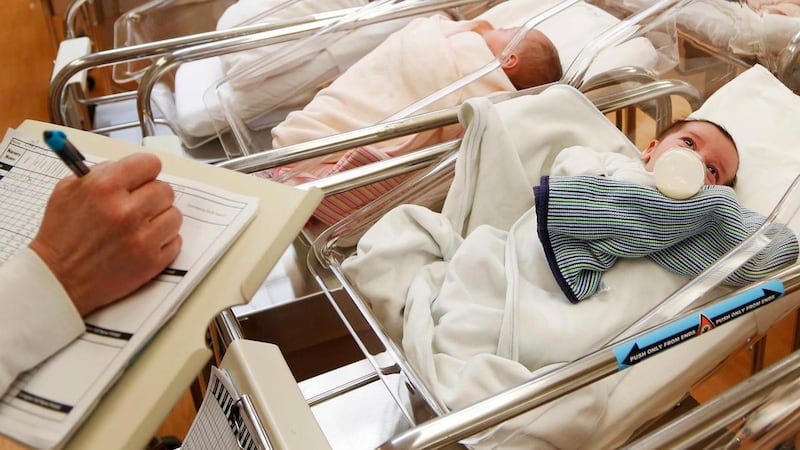Fertility rates in the UAE are dropping significantly — and rapidly — among both UAE nationals and expatriates, according the latest UAE Human Development Report released on Monday.
The fertility rate stood at 6.6 births per woman in the early 1970s, dropping consistently thereafter until it reached 5.4 in 1980, and 1.8 in 2015.
“The United Nations reports revealed that the UAE, which once ranked among high-fertility countries, is now among the countries where fertility has been dropping constantly and rapidly since 2005,” says the report.
There are many reasons for the decline, according to the UAE Human Development Report, including increased birth control options, the rising cost of living and higher rates of education and employment among women.
Women aged 30-34 have the highest fertility rates among both Emiratis and expats, while the lowest rate is among teenagers aged 15-19, followed by women in the 45-49 age group, according to the report.
Emirati women have a higher fertility rate compared to non-national women across all age groups, it adds.

“The state [has] embraced a package of policies aiming to reduce the risk of low female fertility rates in the country, namely: helping married youth financially by offering them residential plots, providing allowances from Marriage Fund, granting a monthly subsidy for each new child in addition to moral support guaranteed by the State and sponsored by some institutions like the Marriage Fund,” says the report.
“Furthermore, nurseries are created in establishments in favour of working mothers.”
Women account for less than a third of the UAE’s population, at 2,822,873 residents, compared to 6,298,294 men. The reason for the large disparity lies in the large number of foreign workers in the country, according to the report.
“[This] category is made up of young labour force brought from around the world to take part in building the infrastructures of the country in all sectors,” says the report.
According to the UN’s International Migration Report, the Emirates was from 1900 to 2015 home to 7 million labour-related temporary migrants, who helped build the country’s infrastructure.
The UAE would now like to reduce this number, according to the report. But it is hard to do due to the large and expanding renewable development projects in the country.
_______________
Read more:
Life in the UAE among the best in the world, according to the latest human development report
More working women but unemployment rate among Emiratis has risen since 1975, report reveals
Emirati Women's Day: Hire more women, say recruiters
_______________
“The country’s officials are currently looking for a strategy that could make a population balance aiming at enabling the State to bring down the great number of foreigners without interrupting the development process,” says the report.
“The whole nation, officials and local citizens, believe strongly that it is high time to react decisively about this issue in order to alleviate the burden of the foreign labour on the country.”
Dealing with the imbalance of foreign labour and UAE national workforce represents a “real challenge” to sustainable human development, says the report.
“It is only the national skilled and highly qualified labour force that can ensure the achievement of a human development and avoid any unexpected recessions in development because of foreign labour force,” it adds.
Other priorities include maintaining the satisfaction and safety of UAE residents and investing in the Emirati youth, says the report.







